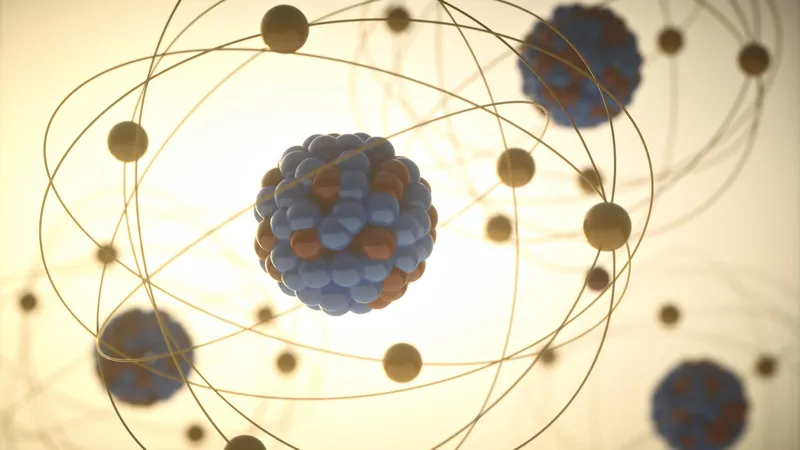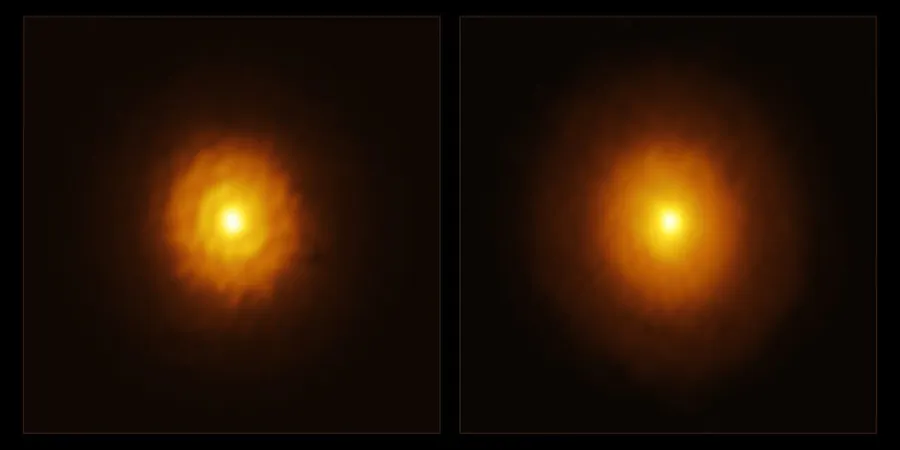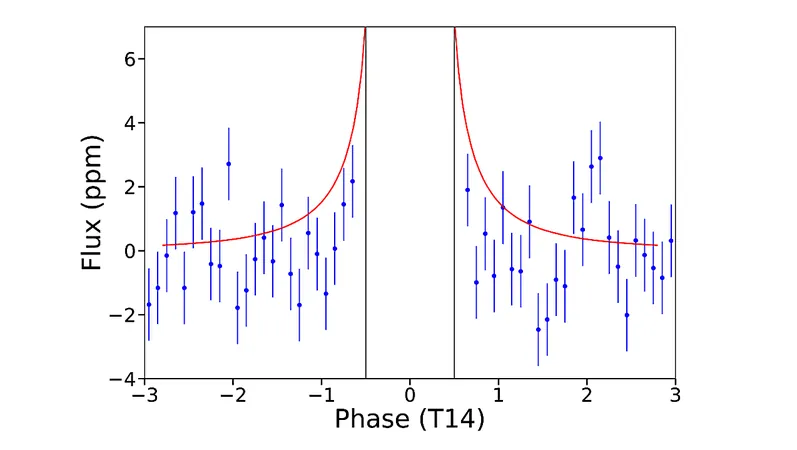
Could This Invisible Hydrogen Solve the Universe's Biggest Mysteries?
2025-05-31
Author: Sophie
The Mysterious Neutron Lifetime Puzzle
A groundbreaking theoretical study suggests an elusive second type of hydrogen atom—one that evades light detection—might resolve the so-called neutron lifetime puzzle, a longstanding enigma in particle physics.
What's the Neutron Lifetime Puzzle?
The neutron lifetime puzzle revolves around a perplexing discrepancy between two experimental methods that measure how long free neutrons live before decaying into protons, electrons, and neutrinos. While beam experiments calculate a neutron's lifespan at 888 seconds, bottle experiments yield a shorter 878 seconds, creating a gap of about 10 seconds that's too significant to chalk up to experimental error.
Enter the Invisible Atoms
Physicist Eugene Oks proposes a thought-provoking solution: what if free neutrons decay into only two particles—a hydrogen atom and a neutrino? Since this type of hydrogen is electrically neutral, it could slip past detection, skewing decay counts and resulting in the misleading observation of fewer decays.
A New Flavor of Hydrogen?!
Oks claims this two-body decay could actually be much more common than previously thought—a radical re-evaluation suggests these "invisible" hydrogen atoms might account for 1% of all neutron decays, a stark contrast to a previous belief of just 4 in a million. This second flavor of hydrogen would behave very differently from conventional atoms, making it extremely difficult to detect due to its immunity to electromagnetic interactions.
Dark Matter's Potential Identity?
Beyond the neutron lifetime question, these mysterious hydrogen atoms could also hold the key to understanding dark matter, the unseen substance believed to make up most of the universe’s mass. In a past study, Oks proposed that early universe conditions could have allowed these invisible atoms to influence ancient hydrogen radio signals, hinting at their role as a form of baryonic dark matter.
Testing this Revolutionary Theory
Now, Oks is gearing up to collaborate with experimentalists at the Los Alamos National Laboratory and another institute in Germany to put his theory to the test. Plans include exciting both known and the new flavor of hydrogen atoms and isolating the invisible type for analysis. "If successful, the experiment could yield results this year," Oks stated, suggesting a monumental leap for both particle physics and dark matter research.
A New Era for Cosmic Understanding?
Oks hopes this research could redefine aspects of cosmic history, including the precise calculations of hydrogen and helium formation soon after the Big Bang. If validated, this intriguing proposal won't just solve a longstanding puzzle; it could radically alter our perception of the universe and its earliest moments.









 Brasil (PT)
Brasil (PT)
 Canada (EN)
Canada (EN)
 Chile (ES)
Chile (ES)
 Česko (CS)
Česko (CS)
 대한민국 (KO)
대한민국 (KO)
 España (ES)
España (ES)
 France (FR)
France (FR)
 Hong Kong (EN)
Hong Kong (EN)
 Italia (IT)
Italia (IT)
 日本 (JA)
日本 (JA)
 Magyarország (HU)
Magyarország (HU)
 Norge (NO)
Norge (NO)
 Polska (PL)
Polska (PL)
 Schweiz (DE)
Schweiz (DE)
 Singapore (EN)
Singapore (EN)
 Sverige (SV)
Sverige (SV)
 Suomi (FI)
Suomi (FI)
 Türkiye (TR)
Türkiye (TR)
 الإمارات العربية المتحدة (AR)
الإمارات العربية المتحدة (AR)